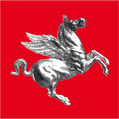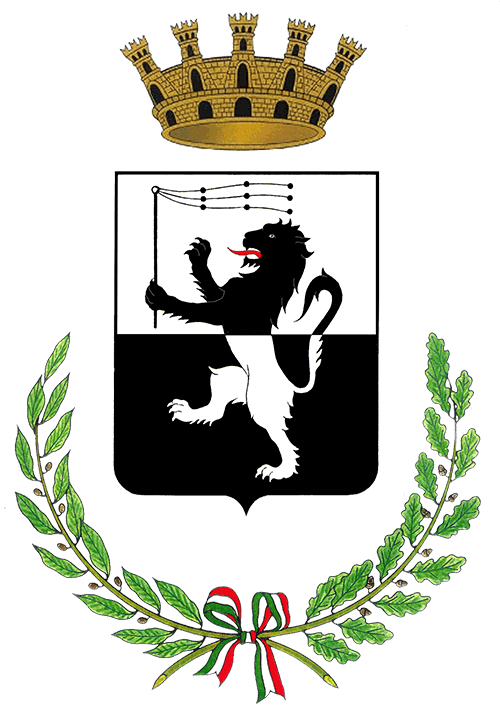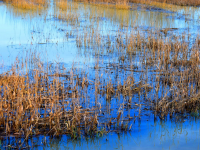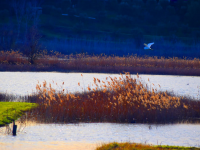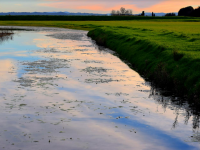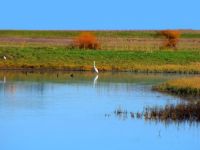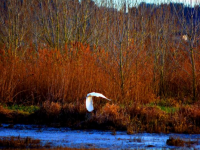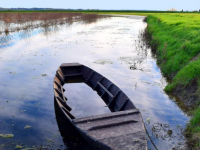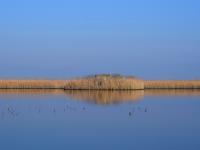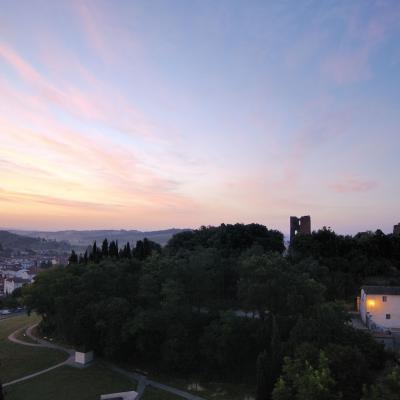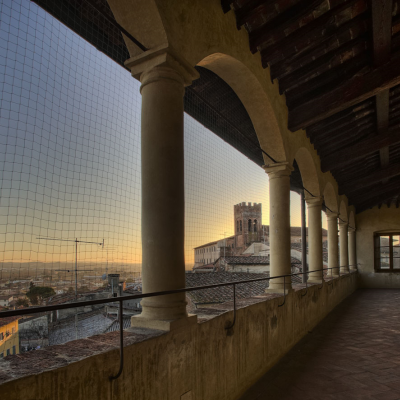With about 1,800 hectares of land divided between the Province of Florence and Pistoia, the Padule of Fucecchio is one of the most important wetlands in Tuscany: considerably reduced compared to that ancient lake-marsh present in ancient times, today the Padule is a basin of almost triangular shape located in the Valdinievole, south of the Apennine Pistoiese, between Montalbano and the Cerbaie Hills. The main water supply comes from streams from the pre-appennial slopes; the only emissary, on the other hand, is the Usciana canal, which flows near Montecalvoli (PI) after a route more or less parallel to the Arno 18 kilometers long.
Within the overall extension, about 230 hectares are protected by Nature Reserves established by the Provincial Administrations of Pistoia and Florence, while the remaining parts fall within the relevant Contigue Areas. The Padule of Fucecchio Nature Reserve is equipped with visiting facilities that also include three wildlife observatories, one of which was built by the conversion of one of the characteristic local cottages.
The Padule, in addition to the riches of landscapes and nature, retains the charm of the historical events related to the families of the Medici and Lorena and traces of the ancient processing of the marsh herbs, as well as, having been the scene of a tragic episode of the second World War II. The historical past clearly emerges from the significant testimonies of the work of man, which, over the centuries, has shaped and modified the very structure of the wetland: thus, the canals and the system of ports are to be read as signs of ancient and important waterways; the Medici bridge of Cappiano, now a tourist structure, as an important passage on the Via Francigena and the centre of water activities and fishing. The basin is also home to tobacco dryers, authentic finds of industrial archaeology.
The piles scattered on the cottages or along the embankments tell a more recent story: the tragedy of the barbaric massacre perpetrated by the Nazis on 23 August 1944, in which 175 people died. Finally, the Padule is still used for activities related to the processing of marsh grasses, which include the collection and interweaving of straw, used to cover chairs and flasks, as well as the "gaggia" another type of straw, and other plants typical of this wetland.
Source: Padule of Fucecchio Research, Documentation and Promotion Centre
